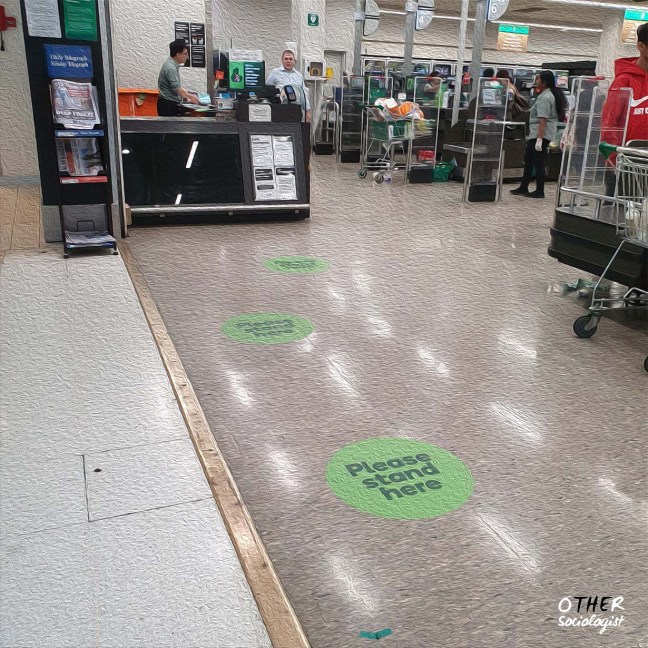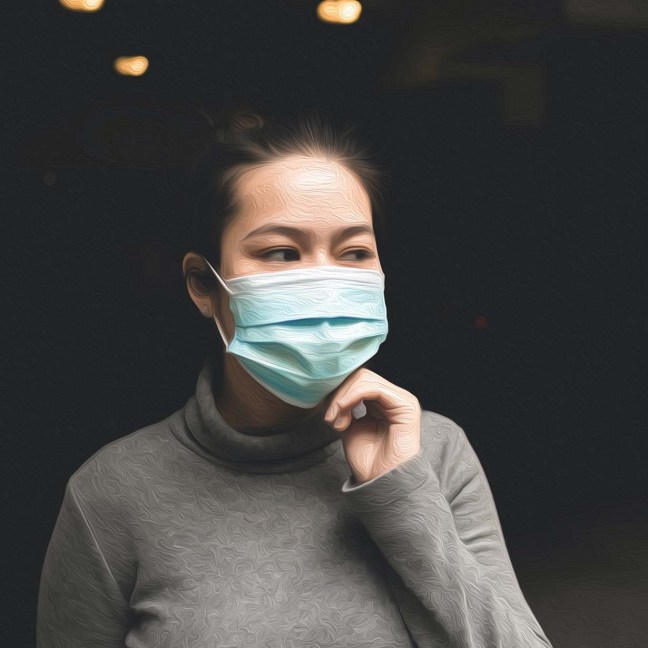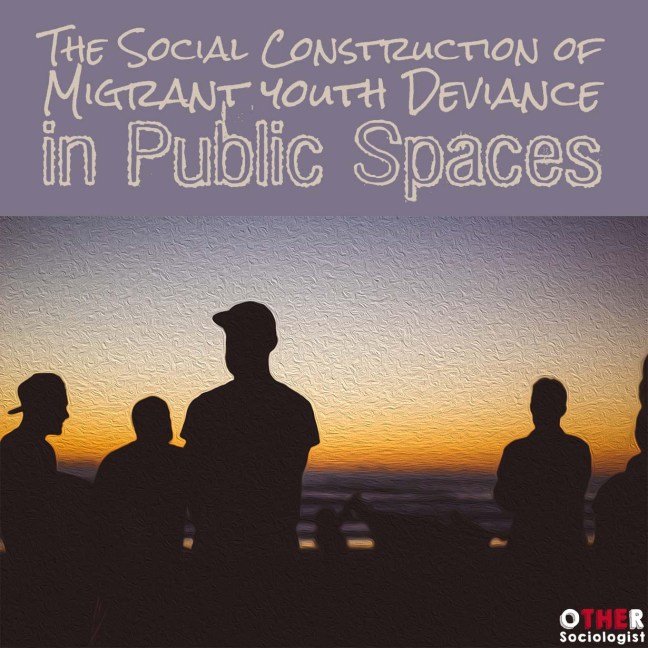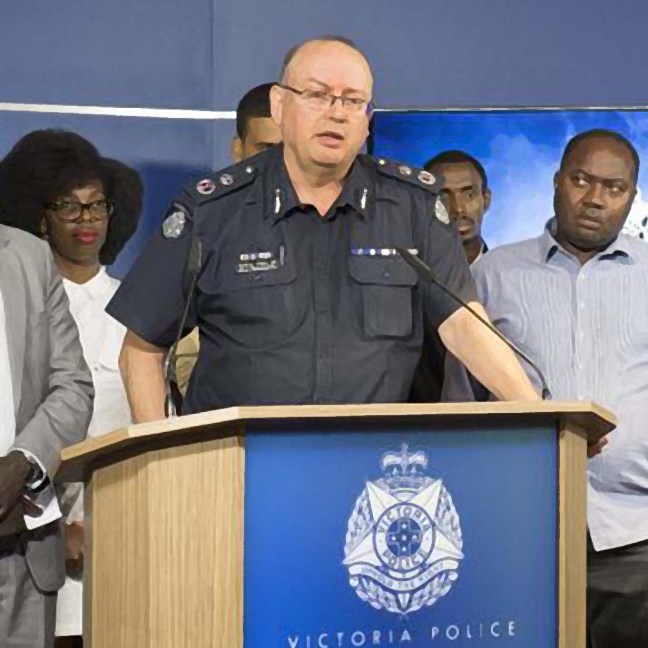Since the Coronavirus COVID-19 pandemic reached Australia in January 2020, I’ve been working on a couple of COVID-19 research posts for you. I was ready to post one of these on Monday, but I have decided to first address a race and public health response that is presently unfolding.(1)
In the afternoon of 4 July 2020, Victorian Premier, Daniel Andrews, gave a press conference announcing that two more postcodes are being added to COVID-19 lockdown (making 12 in total) (McMillan & Mannix, 2020). The new postcodes under Stage-3 lockdown are 3031 Flemington and 3051 North Melbourne.
Additionally, the Victorian Government is effectively criminalising the poor: nine public housing towers are being put into complete lockdown. The Premier said: “There’s no reason to leave for five days, effective immediately.” This affects 1,345 public housing units, and approximately 3,000 residents.
Public housing lockdown is made under Public Order laws. Residents will be under police-enforced lockdown for a minimum of five days, and up to 14 days, to enable “everyone to be tested.”
How do we know this public housing order is about criminalising the poor, and driven by race? The discourse that the Premier used to legitimise this decision echoes historical moral panics and paternalistic policies that are harmful.
Let’s take a look at the moral panics over the pandemic in Australia, and how race and class are affecting the policing of “voluntary” testing.
I support continued social distancing, self-isolation for myself and others who can afford to work from home, quarantine for people who are infected so they can get the care they need without infecting others, and widespread testing for affected regions. These outcomes are best achieved through targeted public communication campaigns that address the misconceptions of the pandemic, the benefits of testing for different groups, making clear the support available for people who test positive, and addressing the structural barriers that limit people’s ability to comply with public health measures.
Continue reading Pandemic, race and moral panic





